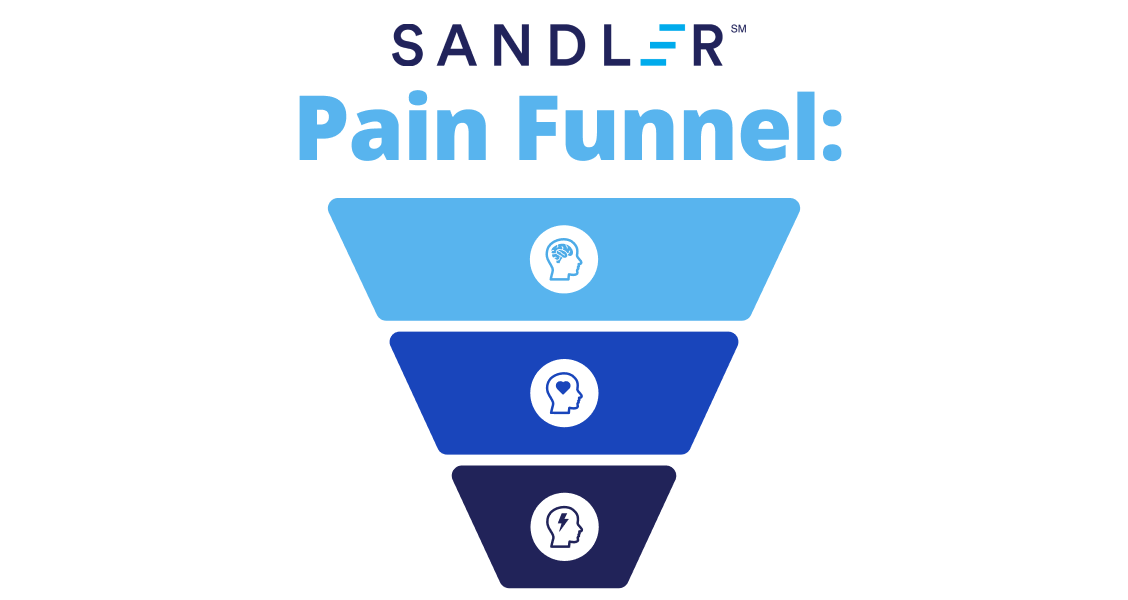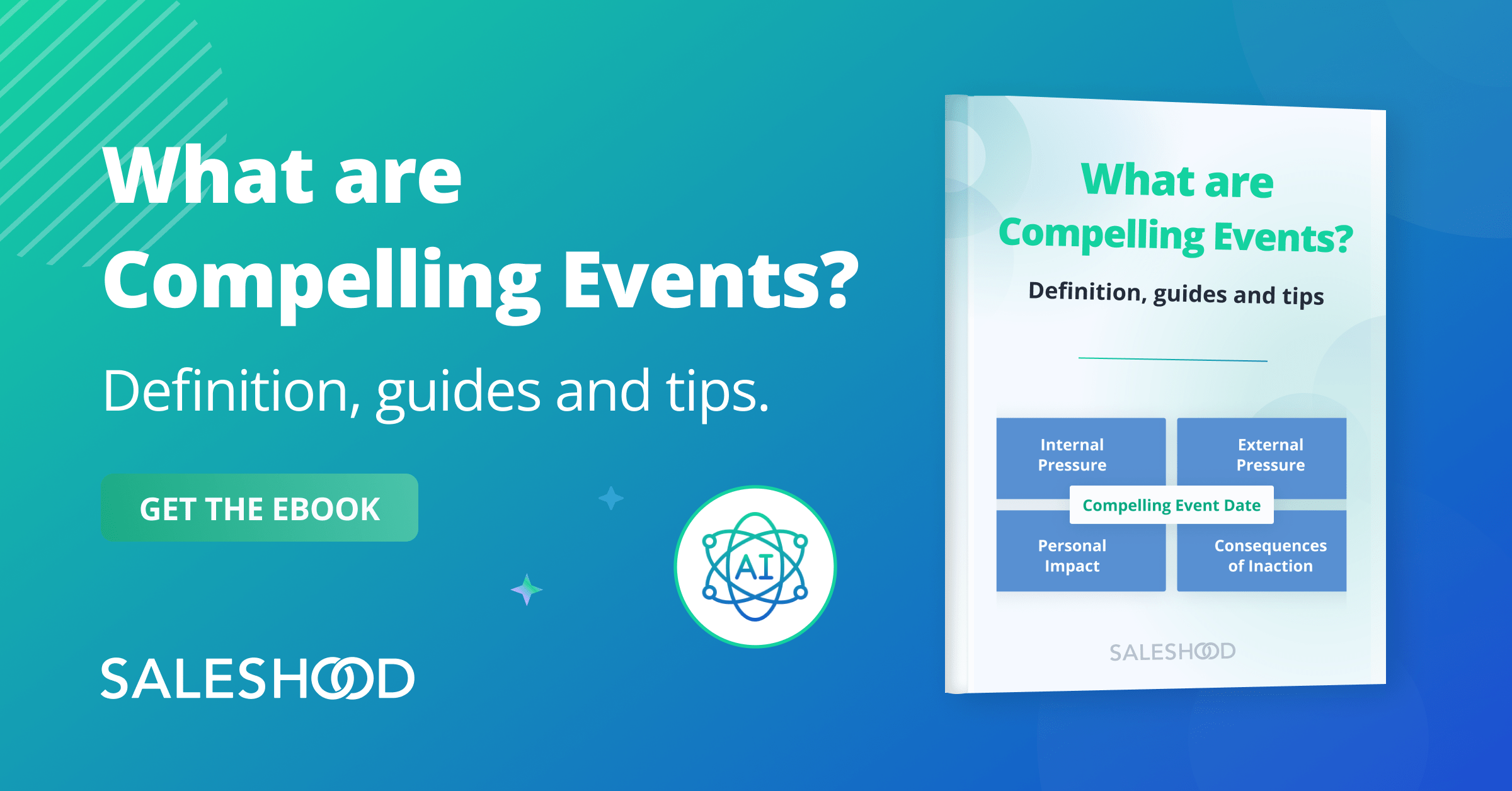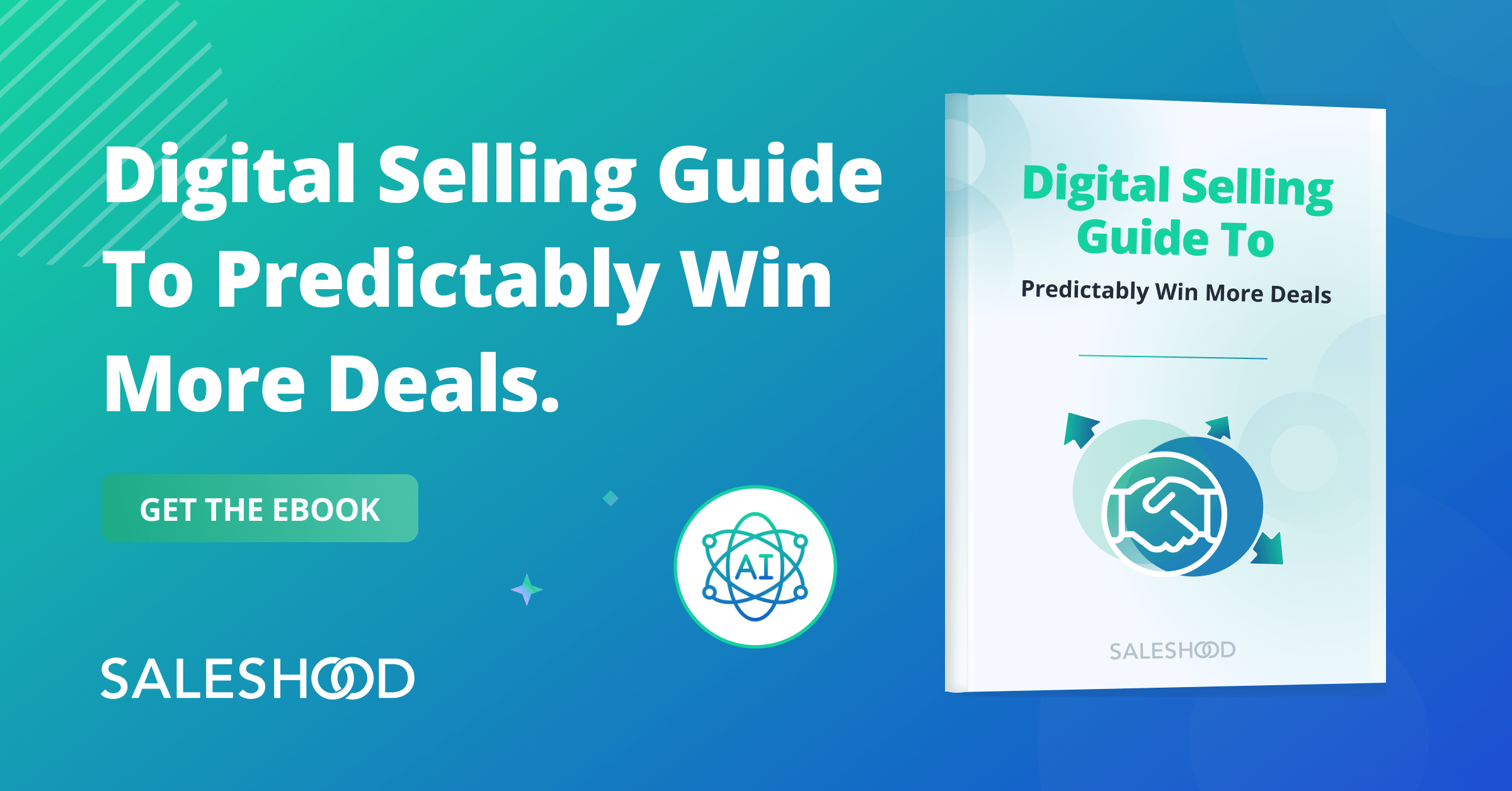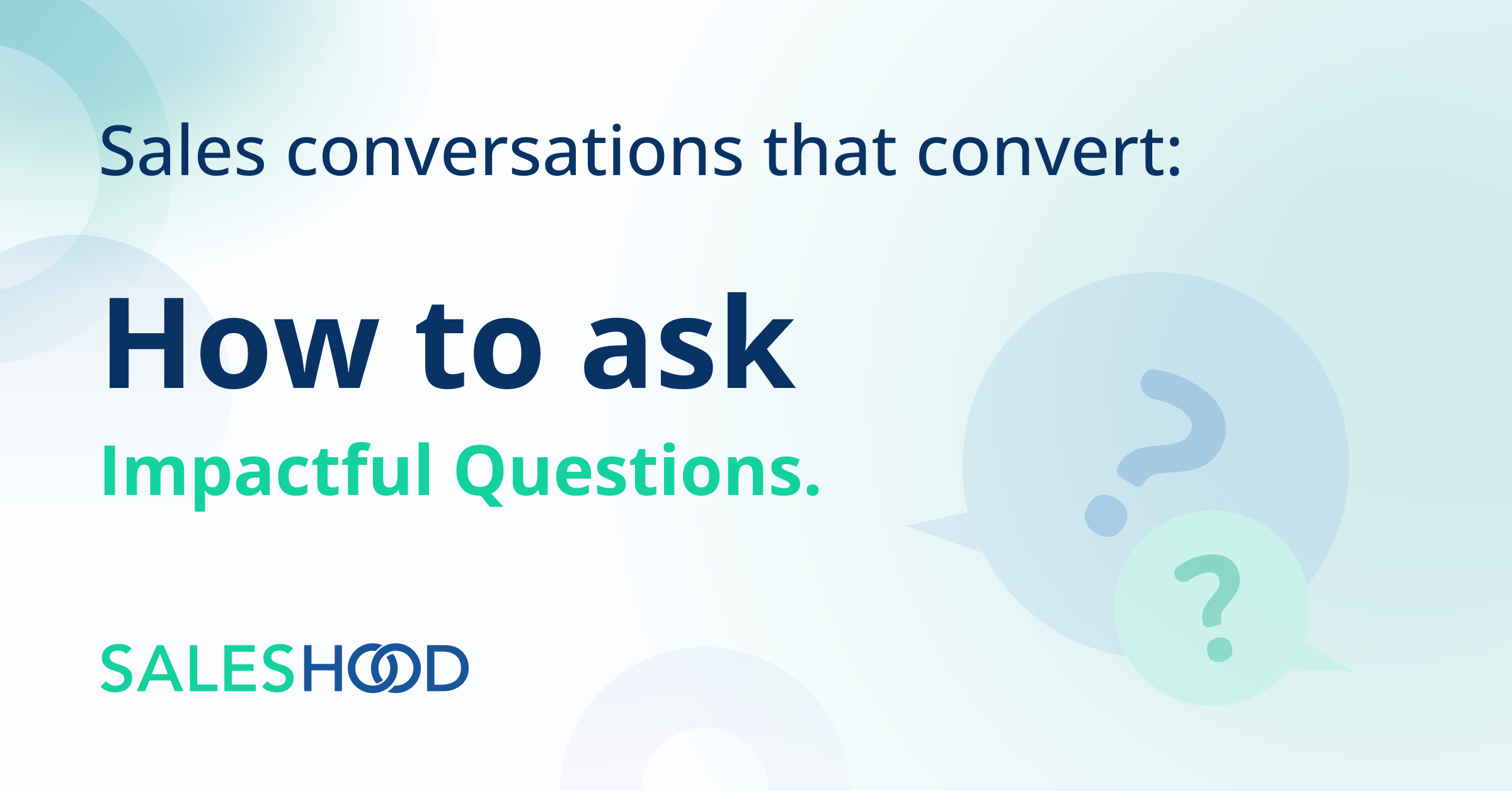Pain plays a critical role in sales. It comes in various forms, including financial, productivity, and emotional pains, that motivate buyers to solve the problems and challenges they create.
Without a pain point, there’s no ‘need’ driving the sale. And when there’s no problem that you can solve, your solution becomes just a product or service, making it less valuable.
But instead of abandoning a prospect or sales opportunity without visible pain points, you should first dig deeper into your buyers’ problems. With the right approach, you may uncover pain they didn’t even know about–problems and challenges that you can use to create a personalized, valuable solution for them to help close the deal.
The Sandler pain funnel is a proven way to explore the pain points your customers are facing, whether they know it or not.
In this piece, we’ll explain more about the Sandler pain funnel and show you how to use the strategy to motivate buyers.
What is the Sandler pain funnel?
The Sandler pain funnel is a technique for uncovering buyers’ pain points by asking a series of narrowing open-ended questions. Its goal is to create a conversation that progressively goes deeper into the problems and challenges buyers face, allowing you to more effectively address them with your solution.
The Sandler pain funnel is the third stage of David Sandler’s seven-part Sandler Selling System, which focuses on a collaborative approach to sales that is more of a conversation than a sales pitch.
The stages include:
-
- Bonding
- Upfront contract
- Pain
- Budget
- Decision
- Fulfillment
- Post-sell
The pain funnel step doesn’t necessarily work towards completing a sale; it’s more focused on learning about the buyer’s needs and creating a relationship to simplify later, more sales-focused steps like ‘Decision.’
Why should you use the Sandler pain funnel?
The Sandler pain funnel is a great way to ensure you’re focusing on building relationships and offering value to buyers. Open-ended questions show that you want to learn more about their needs and help solve their problems. Narrowing your questions and customizing them to their responses also shows that you’re actively listening, not just waiting to start your sales pitch.
This strategy also helps qualify your leads by identifying their problems and evaluating whether you can help them. If not, it saves the time your sales team would have spent trying to convert a low-quality prospect.
Another benefit of the Sandler pain funnel is that it provides the opportunity to highlight customers’ frustrations and uncover issues that they didn’t consider or realize were having a significant impact.
Your targeted questions about certain processes, tools, or outcomes can encourage them to think more deeply about their needs, the impact it’s having on their performance, and why they need a solution.
Together, these realizations set the stage for a successful deal later on in the sales cycle.
How to use the Sandler pain funnel?
The Sandler pain funnel consists of four main stages you can use to guide your line of questioning:
- Identifying a problem
- Adding surface-level information
- Discovering how the problems impact the business
- Gauging the emotional impact the problems have on the stakeholder
Each of these stages can look different depending on your industry, how the conversation is going, and many other factors. However, they create a framework you can use to systematically uncover pain points in just a few questions.
Identifying a problem
Before you can start diving into pain points, you need to learn more about the buyer and the problems they face.
You’ll start with questions about processes, tools, goals, and other specific business information that could indicate a problem that needs fixing.
These questions may include:
- What’s your primary business goal right now?
- What tools do you use most?
- How do you handle [process] currently?
- What is your business struggling with?
Adding surface-level information
Once you’ve highlighted a pain point to target, you must begin collecting additional information about the problem. As you learn more, you can begin to consider if and how you can help.
These questions will resemble:
- Tell me more about that…
- Can you be more specific or give an example?
- Why do you think that’s happening?
- How long has that been a problem?
Discovering business impacts
Now, it’s time to dive deeper into why the pain points are a problem and why they need help, including where previous attempts have gone wrong. These questions focus on the tangible outcomes like productivity and financial impacts caused by the pain points you’ve uncovered.
Asking questions about their impact also allows you to gauge their severity from a business perspective to help craft solutions later.
For example:
- What challenges is this creating for your business?
- What have you tried to do about that?
- Has anything you’ve tried worked?
- On a scale of 1-10, how much is this hurting your business?
- How much do you think this has cost you?
Gauging emotional impacts
In addition to exploring the impacts that your buyers’ problems have on their business, it’s also important to consider how they affect them and other employees emotionally.
Emotions are strong sales motivators, so if they start thinking about the challenges as both a business and personal problem, they’re more likely to have an emotional impact and encourage the buyer to solve them.
Some questions for gauging emotional impacts include:
- Who is impacted the most by these problems?
- How do you feel about how much this has cost you?
- What happens if you don’t resolve the problem?
- What kind of trouble does that cause you?
- Have you given up trying to deal with this problem?
Sandler Pain Funnel best practices
Mastering the Sandler pain funnel takes time and effort. You might not become an expert immediately, but with these best practices, you can get a head start on uncovering and investigating buyers’ pain points.
- Prioritize building a relationship: The Sandler Selling System focuses on consultative selling, which relies on trust and an understanding of your buyers’ pain points and needs. Aim to build a relationship before you start selling.
- Only ask open-ended questions: The more information you have, the better. Asking open-ended questions gives buyers more time to talk, silence to fill by thinking deeply about your questions, and information for you to work with.
- Actively listen to your buyers: Buyers want to feel heard, not just like any other customer. You have to actively listen to everything they have to say, ask follow-up questions to show interest, avoid interrupting, and let them talk until they’re done.
- Adjust your questions to your buyer’s responses: The Sandler pain funnel provides an effective outline to guide your questions, but you don’t have to stick exactly to the examples we’ve provided. Tailor the questions based on your buyers’ responses, industry, and any other information you can use to engage them better.
- Don’t try to close the deal in this stage: As a salesperson, it’s tempting to try to close a deal with every conversation. But, this stage of the Sandler Selling System is about qualifying prospects and learning more about their problems so you can effectively address them with your solution at a later stage.
- Summarize and confirm their situation at the end: Sandler pain funnel conversations can take some time. A quick summary of the problems, their impact, what they’ve tried to do, and other information gained from asking questions reassures buyers you’ve been listening, you understand their needs, and you’re working to solve them.
- Practice and work to improve your techniques: All sales methodologies and strategies, including the Sandler Selling System, require you to practice, learn, train, and refine your approach. In this case, you should practice touching on all the key pain point questions for various buyers and answers to ensure you’re prepared for anything.
With these strategies, it’s far easier for you to earn trust, build relationships, set up a future sale, and become a better salesperson without the traditionally aggressive sales strategies reps have used for years.




